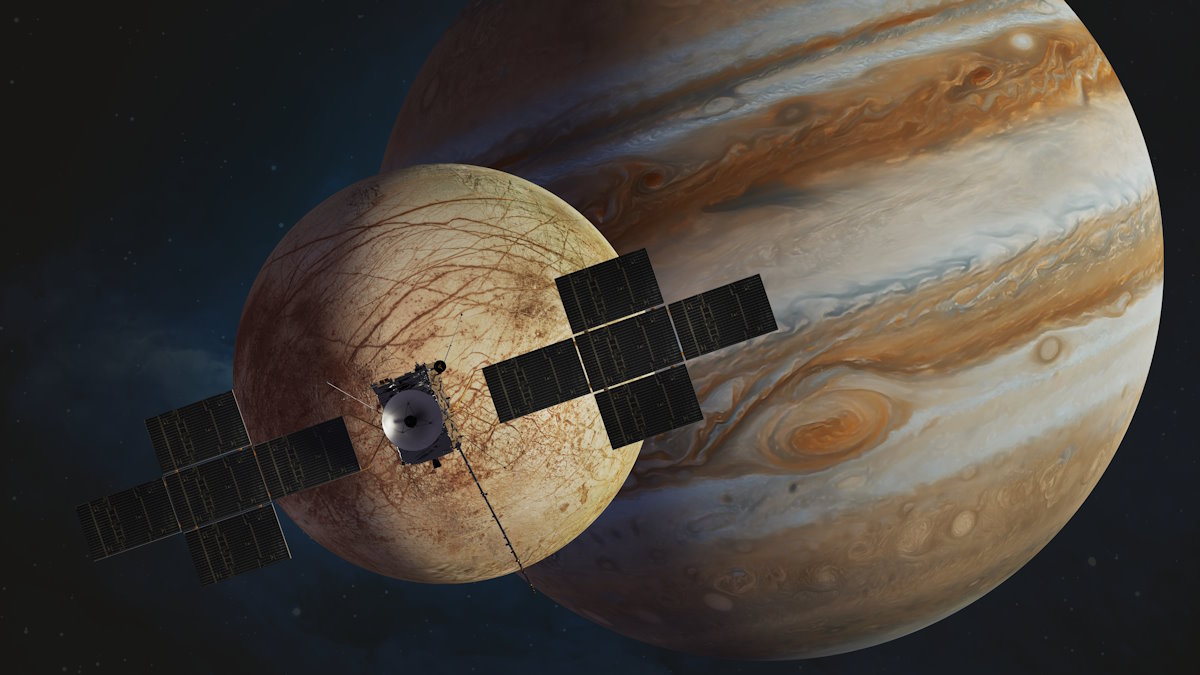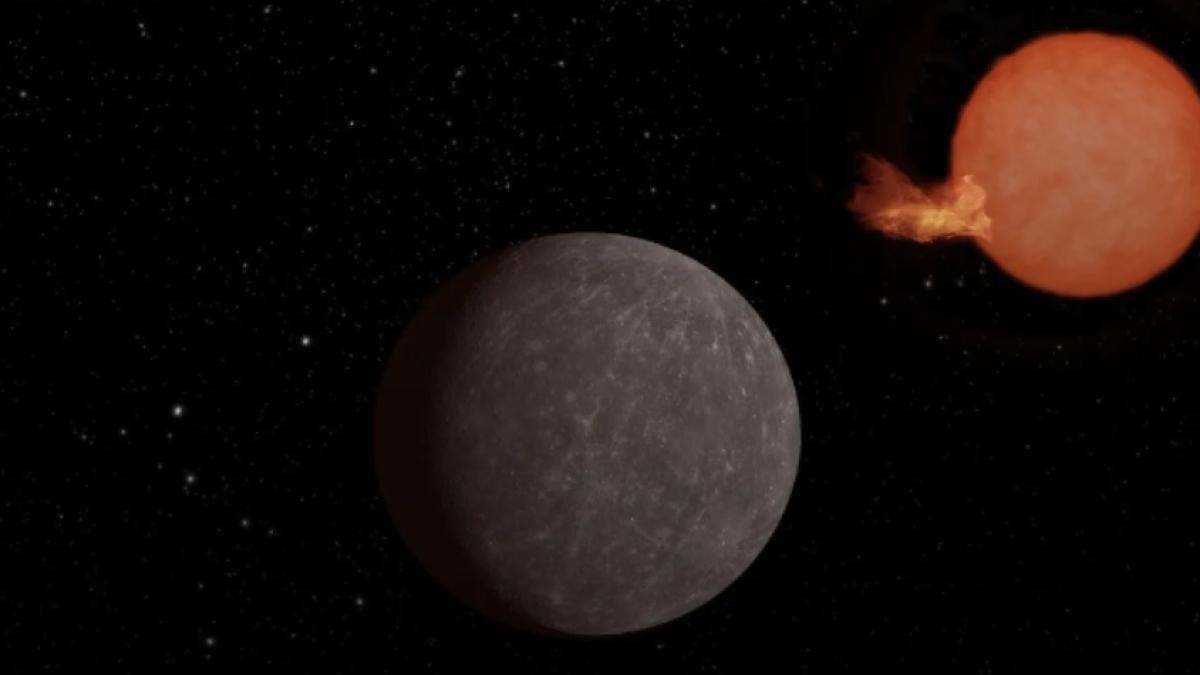#NASAs #Webb #Telescope #Map #Weather #Exoplanets #Light #Years
JAKARTA – Not long ago, NASA revealed that an international research team had succeeded in mapping the weather on an exoplanet. This weather mapping was carried out using data from the James Webb Space Telescope.
Research was carried out on exoplanets with hot temperatures, namely WASP-43 b. This planet is the size of Jupiter and consists of hydrogen and helium. Interestingly, this planet is very hot compared to the planets in our solar system.
The star of this planet is not as hot as the Sun and is much smaller in size. In addition, its orbital distance is equivalent to 1/25 of the distance between the planet Mercury and the Sun so that one side is constantly lit up, while the other side is permanently dark.
This means that each side has permanent day and night. Although the night side does not receive direct radiation from the Sun, this side has very strong winds and carries heat from the day side. This hot wind comes from the east.
Researchers used Webb’s MIRI (Mid-Infrared Instrument) to measure light on the planet. Taylor Bell, the lead researcher on the study, said that he and his colleagues managed to create a rough map of WASP-43 b’s temperature.
“By observing the entire orbit, we can calculate the temperature of the different sides of the planet as they rotate (around their parent star),” Bell said. “From there, we can create a rough map of the temperature across the planet.”
The measurement results show that the temperature during the day is quite hot, namely 1,250 degrees Celsius. Meanwhile, the temperature at night reached 600 degrees Celsius. These findings show that nighttime temperatures are very hot for humans.
Meanwhile, other data from MIRI shows that WASP-43 b’s atmosphere lacks methane, both on the day and night sides. This lack of methane proves that the wind is moving so fast that chemical reactions are difficult to occur.
“The fact that we don’t see methane tells us that WASP-43b must have had wind speeds of up to 5,000 miles per hour,” explained Researcher Joanna Barstow. “There was not enough time for the expected chemical reactions to produce detectable amounts of methane at night.”
Tag:
nasa
outer space
telescope james webb









